Transforming the soil, economics and quality of life on Yorks family farm
31st January 2024
Changing from a traditional plough and combination drill-based crop establishment system to strip seeding has proved transformational for W. Rooke & Sons’ Heslington farming business.
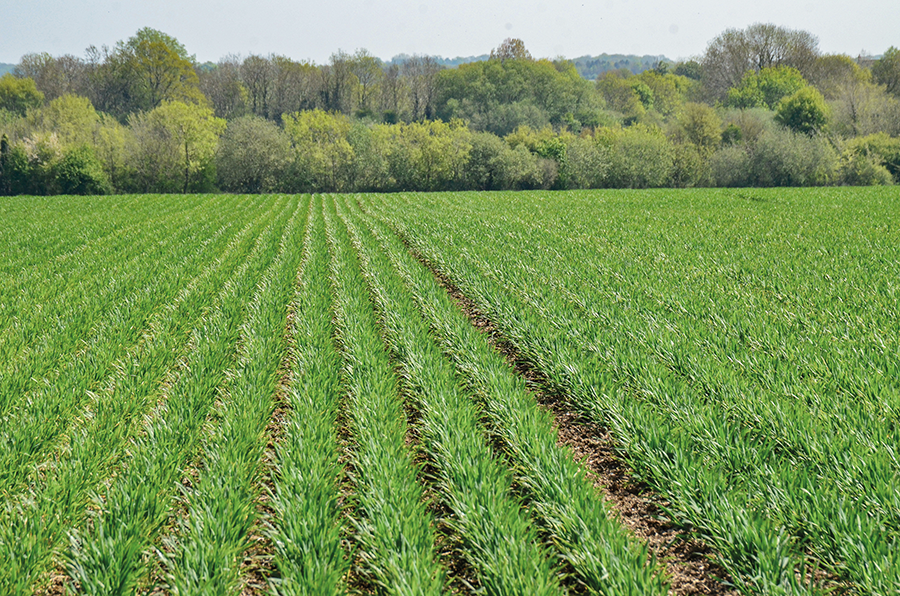
Now in their seventh season with the Claydon Opti-Till crop establishment system, brothers Robert and Edward Rooke say the agronomic, economic and lifestyle benefits are so great that there’s no going back.
“There is a world of difference between what we were doing before and how we operate now; farming is much more relaxed and enjoyable,” Robert states. “Edward and I do everything ourselves on 1,200 acres across five farms up to 15 miles apart, yet we manage it much more efficiently and easily than we did when farming 450 acres using traditional methods.
“We achieve the same or better yields with strip seeding, in less than half the time and at a fraction of the cost, so gross margins are much improved. Much of the land we farm is very heavy, but it doesn’t look like it now because using Opti-Till has improved the structure and condition of the soil so much. It just crumbles in the hand, is full of worms and fields have become much smoother.”
Previously power- and labour-intensive
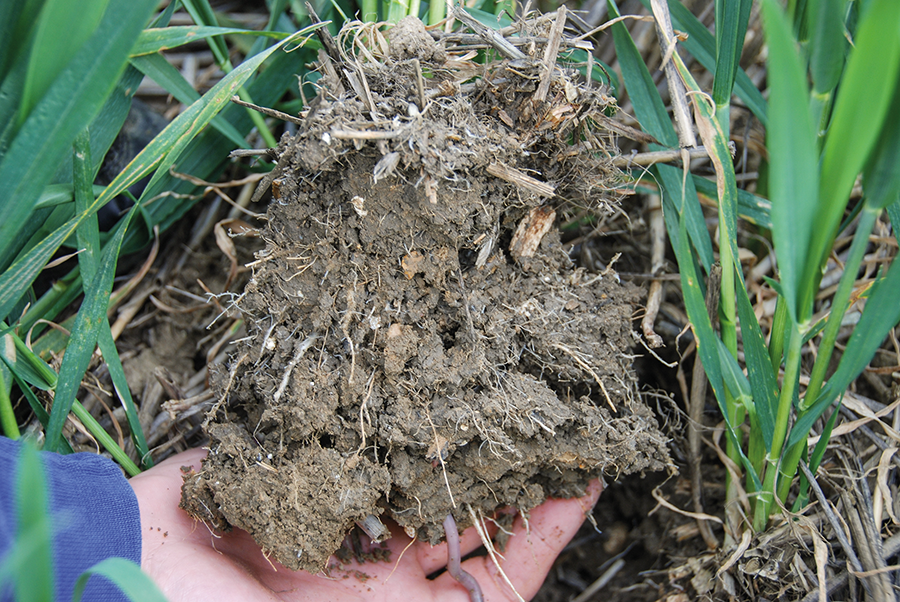
The Rooke family have farmed at Heslington, near York, since Robert and Edward’s grandfather came to the farm on Lord Halifax’s estate in the 1930s. Robert took over the original 325 acres of light, easy working land from his father in the 1980s but, as it was unable to support the three brothers, they moved into agricultural contracting – doing everything from ploughing, cultivating and drilling to combining, baling and sugar beet harvesting.
Eight years ago, the family were about to lose the farm when it was earmarked for housing; so instead, they were offered the tenancy on 455-acres of heavy land at Bishops Wilton, 15 miles to the east near Pocklington. When the housing project fell through, the Rookes were left farming a total of 780 acres and in the meantime had taken on more contracting.
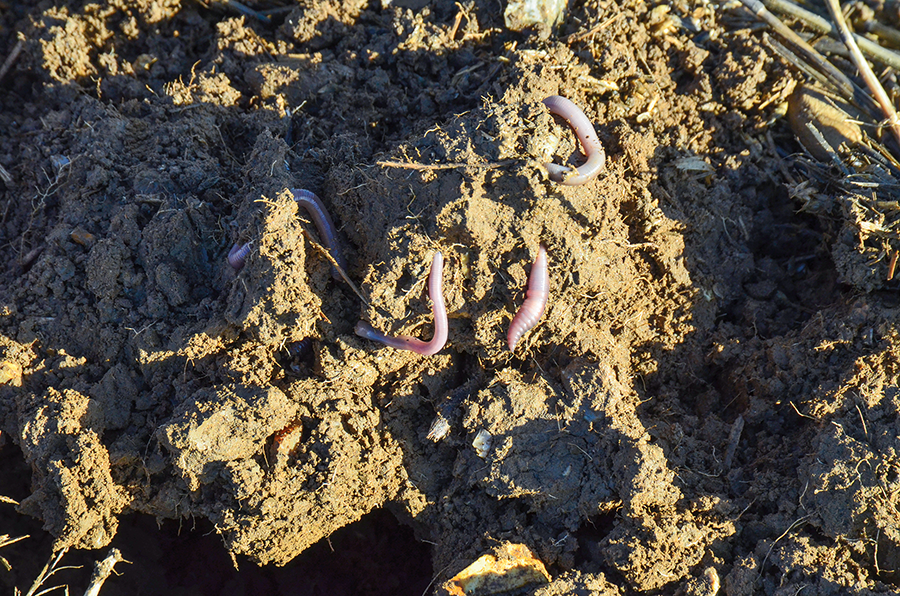
“The way we established crops then was very power- and labour-intensive,” Robert explains. “We were ploughing or using a Sumo Trio, operated two 4m power harrows which ran 24 hours a day at times and had 4m combination and 4m Simba Freeflow drills. When offered another 260 acres, we realised that farming almost 1,100 acres would be unworkable with our current system and began looking at alternatives.
“Reading about Claydon Opti-Till and watching videos of Jeff Claydon demonstrating how it had transformed his own farm made me want to find out more. The benefits appeared significant so I went to an open day at the factory to see the drills being manufactured and tour the farm. After seeing the condition of the crops, then finding out that they were produced in a fraction of the time and cost of our own, I questioned why on earth we were still spending every waking hour for weeks on end working with a plough and combination drill.”
Just prior to the 2017 harvest, Robert and Edward purchased a 6m Claydon Hybrid drill. The following year, they added a 7.5m Claydon straw harrow and in 2021 ordered a new Claydon TerraBlade inter-row hoe.
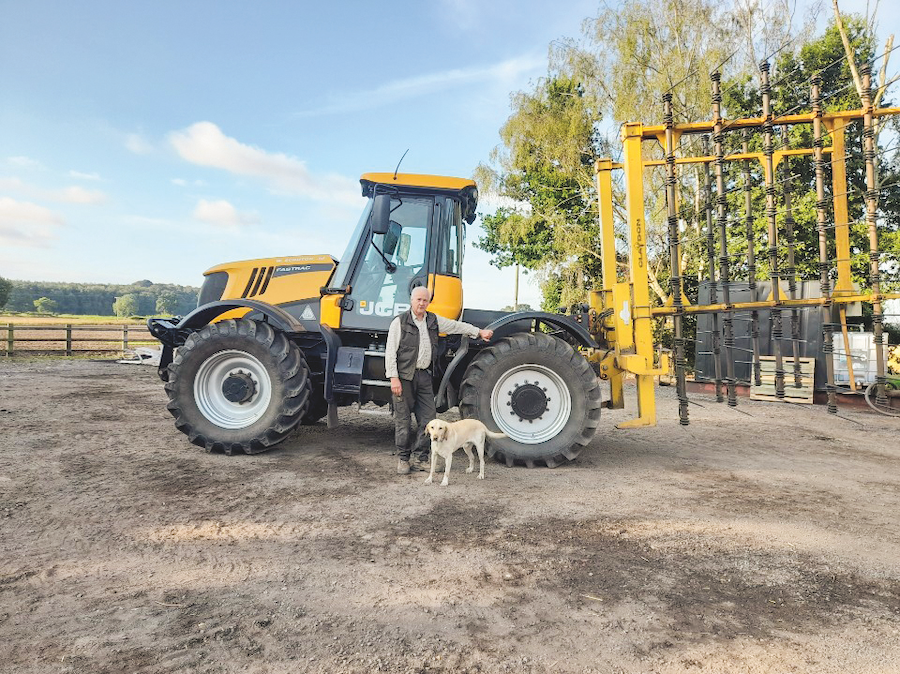
Now farming 1,200 acres, ranging from light sandy soil at Heslington to heavy clay at Bishops Wilton, the Rookes grow 450 acres of first wheats, 80 of oilseed rape, 70 of sugar beet, 70 of combining peas, 70 of rye and 50 of oats. The remainder is into spring barley, grown to help stay on top of grass weeds which have always been a problem.
Totally different way of farming
“When the 6m Hybrid arrived, we sold our two main tractors, then bought a second-hand 320hp Challenger 765B to pull the drill and for occasional subsoiling,” Robert explains “We have a couple of smaller Massey Ferguson tractors – a 160hp 6616 which handles the sprayer plus a 180hp 7718S which pulls the straw harrow and is used for general work, but that is it.
“It’s a totally different way of farming and initially we didn’t have the experience to trust it fully. Neighbouring farmers were sceptical and didn’t think it would work on heavy land, but since then several have bought Claydon Hybrid drills.
“At the Claydon open day I asked Jeff Claydon whether we would need to subsoil regularly. He said it could be beneficial initially to break up any existing soil pans caused by long-term ploughing and power harrowing, but after that there should be no need as the Hybrid drill’s leading tines would remove any subsequent compaction prior to drilling.
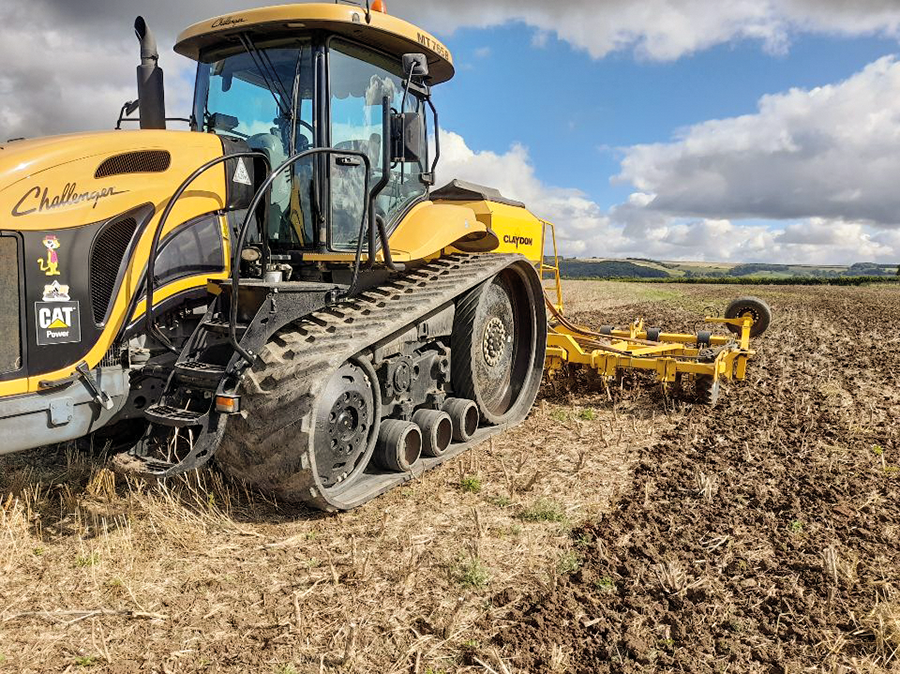
“When I saw Jeff at a trade show the following year, I told him we’d stopped subsoiling, apart from taking out tramlines. He asked why we were doing that as there was no need, and we’ve not done it since. In the six years we have been strip seeding, only occasionally has the new power harrow that we bought to break down sugar beet land been used, so it’s still on the original tines.
“Autumn 2017 was very wet, and I made the mistake of thinking I needed to press on with drilling because we had always had to do that to keep up with the workload. A 20-acre field would take a day to plough, half a day to power harrow and half a day to drill, two days in total, whereas even a 3m Claydon Hybrid would do that in half a day.
“Working alone, I can drill 400 acres of wheat in five days, so we sail through the autumn work and there’s even time to take the dog for a walk when I get home. The hardest thing is having the patience to wait until conditions are right. Knowing when not to go is as important as knowing when to go. After years working all hours for weeks and weeks on end, that can be very difficult.
“The Challenger is well matched to the 6m Hybrid and has plenty of power to pull it at the optimum speed, 10–12kph. The combination will cover 80 acres a day, hardly leaves a mark on the soil and the tractor’s 450-litre fuel tank allows me to drill up to 120 acres before refuelling. The diesel we use to establish crops is a fraction of what it was previously, and the financial saving has become far more relevant as the price has increased sharply over the last few years.”
Easier establishment
The Hybrid is used to establish wheat, oilseed rape, oats, rye, winter beans and spring barley, seed rates and drilling depths being the same as with the previous system. At the start of each season Robert drills the oilseed rape with the existing A-shares fitted, then new ones go on before moving on to cereals. The leading tines have now completed six seasons and will do two more before they need to be replaced. Combined with the significant reduction in tractor hours and much less wear and tear on drivetrain components compared with a power harrow-drill combination, it is very inexpensive to operate.
“It does a marvellous job of establishing winter beans,” Robert states. “Originally, we used the combi drill, but it was difficult to get the beans down deep enough, so we tried ploughing them in, which was still not ideal. Drilling beans with the Claydon is the best solution, and we run the leading tines about 2.5cm deeper than the seeding tines. Drilling depth may not be as accurate as with some disc-type drills, but in practice that does not matter as the seed goes into ideal conditions created by the leading tine.
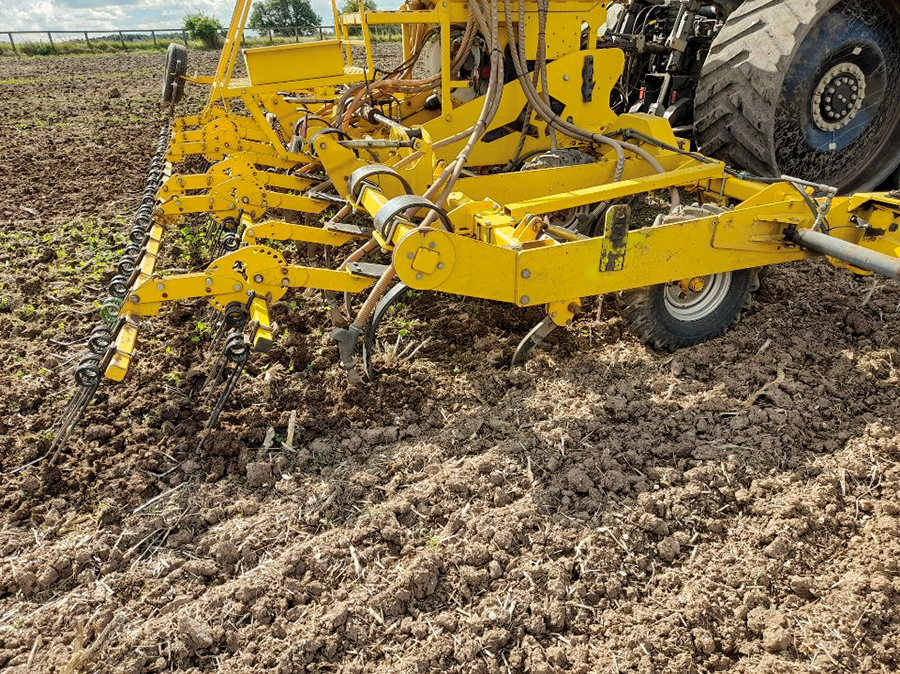
Stubble management
“Some of our straw is baled, some is chopped, and some has sewage cake applied. Everything receives up to three passes with the straw harrow and is sprayed with Roundup seven days before drilling. We like to finish by 20th September because any later and we run the risk of heavy rain putting a stop to autumn sowing.
“We bought the straw harrow after reading about its importance in stubble management and seeing videos of Jeff Claydon’s discussing how to get the best from this very underrated piece of equipment. We operate it at 20kph, at an angle to the direction of combining, which I find amazing. That would never have been possible with our previous system because of the deep tramlines, but now our 36m sprayer is easy to pull and the boom remains very stable.
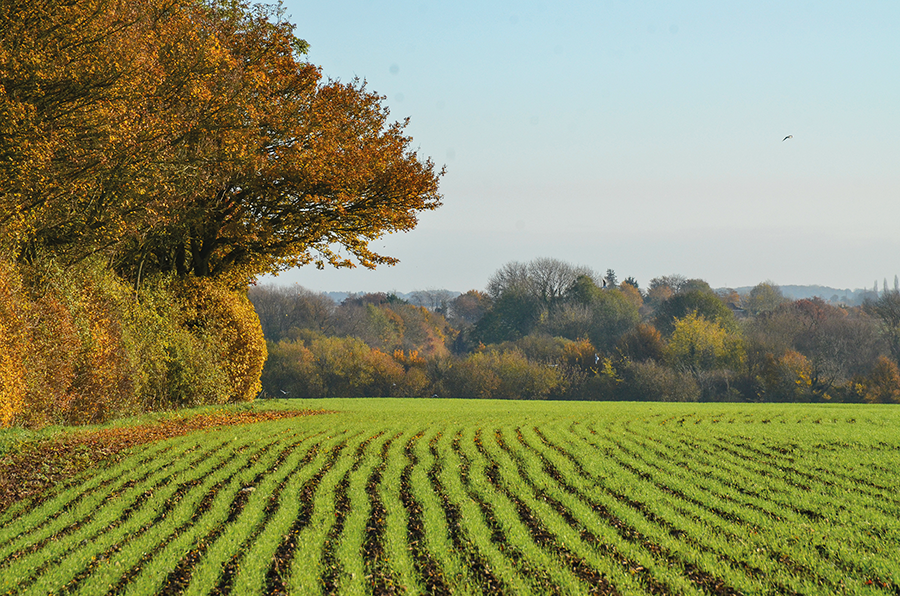
“Last year the contractor who came to clear some of our straw could not believe that I had combined the crop across the tramlines and was concerned whether his baler would handle it. He was taken aback by how smooth the fields were and how fast it could travel.”
With pre-emergence chemicals becoming less effective and more costly, the latest addition to the Rookes’ line-up of Claydon equipment is a 6m TerraBlade inter-row hoe. Purchased from the Howden branch of Robert D. Webster Ltd at the end of 2021, it has already proved its effectiveness; eliminating most weeds which remained untouched by herbicides between the seeded rows. Fast, effective and cheap to operate, the TerraBlade has also eliminated issues with surface ponding after heavy rain as it breaks up any surface capping, allowing water to drain away.
“Strip seeding won’t suit those who like to see land brown and free of stubble when drilling, but those who judge a system on its benefits will realise the advantages. Without it, Edward and I would never have been able to take on more land and still have a life outside of farming,” Robert concludes.
Read more arable articles here


